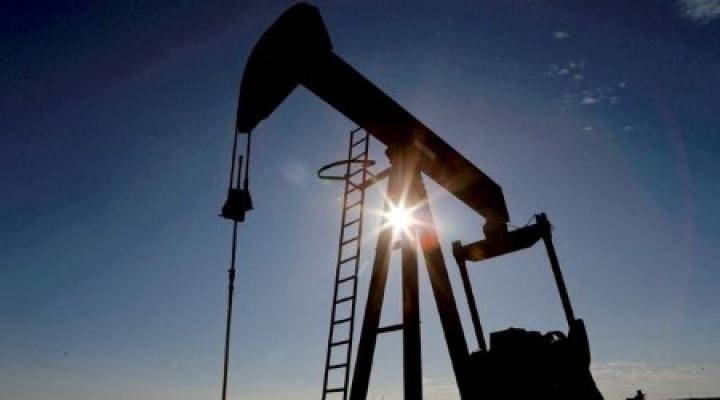Exports of crude oil from the United States have surged since Russia invaded Ukraine last year, with Europe turning into the biggest buyer of U.S. crude. The story is pretty much the same as in gas. And so is the production side of this story.

Source: Reuters
When gas prices plummeted in December amid milder-than-expected weather despite a couple of seasonal cold spells, U.S. gas companies began to curb production. Now, oil companies are doing the same, and it may have even bigger implications—because oil prices are still quite high and because, on the whole, these companies are planning to spend more money this year. Just not on production growth.
Reuters’ market analyst John Kemp reported earlier this month that we are currently witnessing the U.S. oil industry’s response to the slide in oil prices that began last summer, noting the lag between the start of a price decline and the consequent decline in drilling activity.
Kemp said this decline means that the U.S. oil industry will see lower production growth this year and next before a potential return to stronger growth as prices rise. However, prices are by far not the only factor determining investment decisions in the oil sector.
The Wall Street Journal reported last week that many U.S. oil companies are making plans to spend more money this year but keep production either flat or modestly higher. The report listed two big reasons for that: maturing fields and inflation.
With natural depletion, then, the cost of drilling increases and is added to already higher costs of equipment, services, and materials that are the result of global inflationary trends. These, in turn, are driven by central bank policies that are unlikely to change anytime soon in the U.S., specifically as indicated by the Fed at its most recent meeting.
So, the industry is faced with natural depletion on the one hand and with higher costs on the other, while the Fed fights inflation by raising borrowing costs. Meanwhile, the federal government is offering billions in incentives for alternative energy sources even as President Biden acknowledged oil and gas would continue to be necessary for decades to come.
In such a context, there is likely to be little motivation for the oil industry to try and expand production in any substantial way, so it’s not doing that. The industry is spending more on lower growth, despite their record 2022 profits; or maybe thanks to them.
For years, U.S. drillers put all their money into drilling ever more. This turned the U.S. into the world’s biggest crude oil producer, but it also turned a lot of companies into dead companies when oil prices slumped between 2014 and 2016.
Four short years later, the pandemic served another blow to the industry, teaching it a valuable lesson—that sometimes it’s wiser to focus on something different than production growth, even when prices are high. So, producers focused on returning cash to investors and maintaining production at current levels or only slightly higher.
There’s also another reason for this measured, cautious stance on production growth. No drilling inventory is infinite. A review of analytical data by the WSJ showed a year ago that many companies in the shale patch have less than 10 years’ worth of drilling left untapped. The biggest players have about 10 years’ worth. Smaller ones have about three to seven years’ worth of top drilling inventory. It makes sense not to rush into draining that inventory.
“You just can’t keep growing 15% to 20% a year,” Pioneer Natural Resources’ chief executive Scott Sheffield said last year. “You’ll drill up your inventories. Even the good companies.”
According to Evercore ISI, U.S. shale companies will spend 46 percent more this year than they spent in 2022. Last year, spending was 30 percent higher than a year previously. Yet it only led to a 4-percent increase in production. This year appears to be shaping up in a similar way, with inflation pushing expenses higher and, to top it all, wells not always delivering on expected productivity.
While this is happening, demand for U.S. crude will, in all likelihood, remain robust, especially in Europe. Whether or not this could see a surge in prices similar to that in natural gas prices that we witnessed last year is unclear. After all, the international oil market is a lot more mature than the LNG market, with a lot more competition among sellers that would theoretically provide a sort of lid on prices.
However, with global production set to tighten later in the year with no substantial production increase coming from anywhere, that lid might fall off. Yet even if it does, one thing is for sure, it seems—U.S. oil producers are not going to rush into production growth, possibly ever again.
By Irina Slav for Oilprice.com

